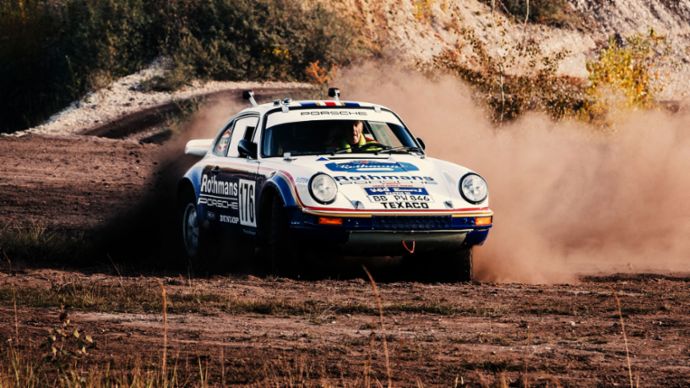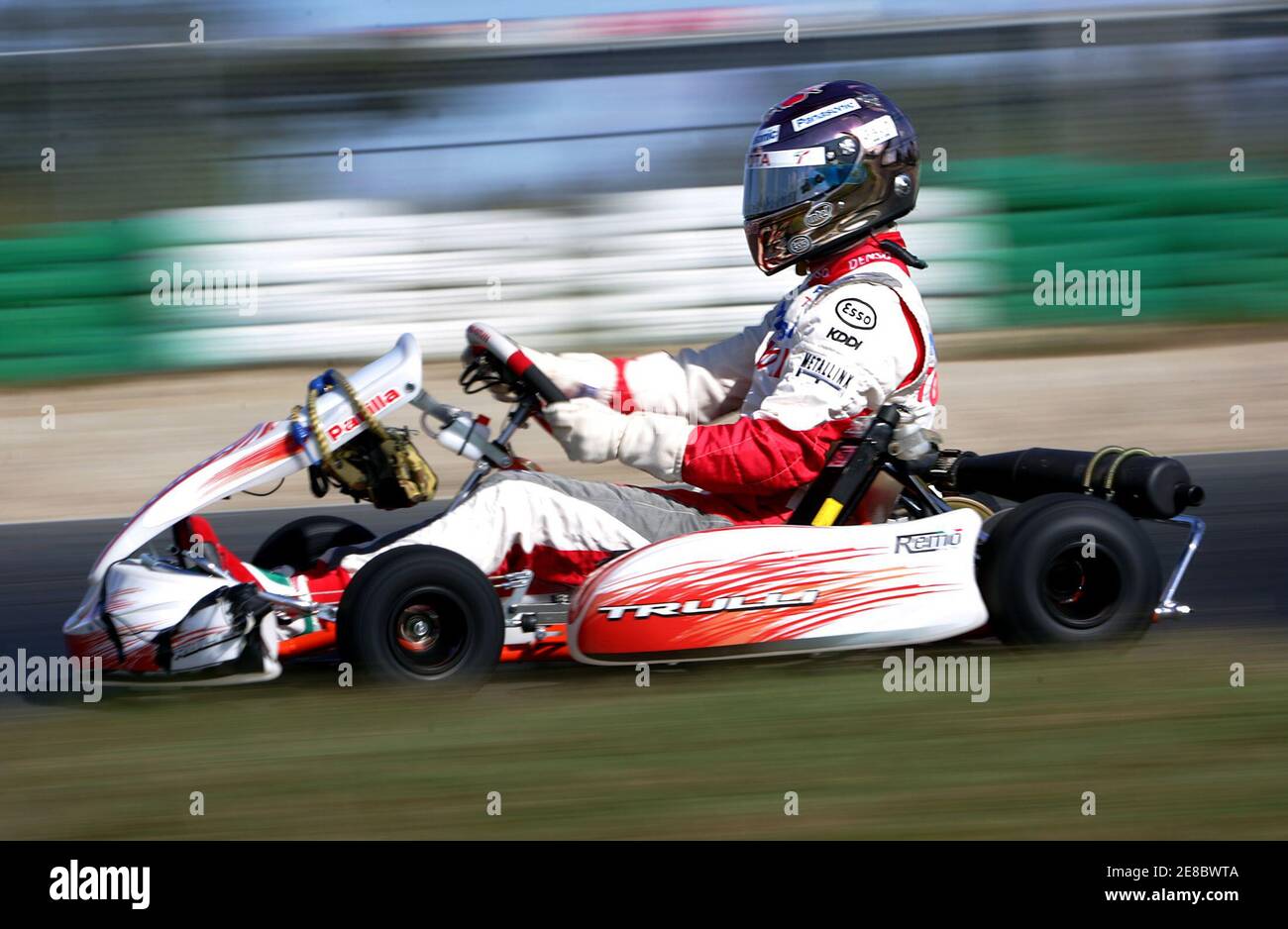
Group C was a motorsport category introduced by the FIA in 1982. This category was used by the FIA to distinguish sports car racing from touring cars and GTs. It was established in 1993. This article will focus on the Peugeot 905 engine and its predecessor. Read on to learn more about this interesting car. The Peugeot 905 is a sports prototype that competed in the 1992 Indianapolis 500. Despite its limitations, it is still a thrilling ride.
Peugeot's 905
In 1991, Peugeot entered the World Sportscar Championship with its 905 model, a Group C sports car. Although the car performed well during its first season in the Championship it was heavily penalised due its age. It led the race for the first hour, but was unable to finish it. Despite penalties, the 905 was further developed and won both the Suzuka-Le Mans races. It also had the fastest qualifying time.

Peugeot 905 engine
The Peugeot 905 sports prototype was aerodynamically challenging and low-wide. The rear wings were large enough to function as biplanes. The 905's V10 motor was similar to F1 engines of the 1990s. This powerful engine weighed over one thousand pounds and produced seven hundred and fifty horsepower. Peugeot's 905 team was a force to be reckoned with at Le Mans and in other motorsport competitions.
Peugeot's 905 car
When it comes to group C cars, Peugeot's 905 is one of the most interesting. Its two seat layout reminds me of a current F1 racer. The car had a very short nose and steep ascent angles. There was a broad sweep above the front wheels. This nose was crucial for cooling the car, which was vital to increase horsepower and efficiency. The 905 Evo's redesigned rear wheel features a unique feature.
Peugeot's 905 sports-prototype
Peugeot's 905 is a sports-prototyper that evolves from the brand's Le Mans winning sports prototypes. In 1990, the 905 was unveiled. It competed for the first time in the FIA World Sports Prototype Championship. The car's winning combination of its naturally aspirated 3.5-liter V10 and carbon fibre chassis was the perfect combination. It was also twice the first French car that won the 24 Hours of Le Mans.

Peugeot's race car 905
The Peugeot 905 race car was an extraordinary racing car. It competed in the Group C championships from 1986 to 1993. Dassault French aerodynamics experts helped create the second generation of this model. It featured a 3.5 liter V10 engine that pushed out 670 BHP. The car had a roar comparable to a Formula One car. It also had one of most impressive sounds of any racecar of its time.
FAQ
What is a pit stop?
Pit stops are when you give up driving for a bit and allow another person to take the wheel. It is also called a pitlane.
What is the average race duration?
Different types of races have different lengths.
There are endurance races that last several days.
Other races, such as sprints, are shorter.
Why do race car drivers wear special clothing?
Many race car drivers sport special clothing.
These clothes keep them cool and comfortable while they race.
The fabric prevents sweaty skin from getting on their bodies.
It also protects the skin from being blown away by the wind.
What type of race cars do race car drivers use to drive?
Modern racing cars use engines. These engines are identical to those that power passenger vehicles.
But instead of using petrol, they run on compressed air.
Which car racing attracts the most spectators
The Indianapolis 500 Mile Race has become one of America's most popular spectator events. Every year, more than 400,000 people watch the race.
It will take places at the Indianapolis Motor Speedway on May 30, 31st.
Statistics
- According to FormulaMoney, the design, development, and construction of chassis and engines can cost teams as much as $255 million annually. (businessinsider.com)
- Petty has won 200 NASCAR Cup Series races, a likely unbreakable record, along with a series record seven Cup championships. (frontstretch.com)
- According to AutoSport, IndyCar's top speeds are 380km/h or 236 mph. (motorbiscuit.com)
- Acceleration is a little gentler (relatively speaking) too, with 0-100km/h taking an estimated 3.1 seconds and 0-200km/h covered in 7.8 seconds. (autosport.com)
- In 2009, the slick tires returned as a part of revisions to the rules for the 2009 season; slicks have no grooves and give up to 18% more contact with the track. (en.wikipedia.org)
External Links
How To
5 Fastest Street Racing Stock Cars For 2022
-
Ford Mustang GT350R for $50k+
The Ford Mustang GT350R street-legal Shelby GT350R supercar. The Mustang GT350R features a 6.2L V8 that produces more 600 horsepower than 590 lb-ft. Brembo brakes are standard on the car, as well as Michelin Pilot Sport Cup 2 and Pirelli Scorpion Z 20-inch tires. The interior includes leather seats, carbon fiber trim, and a 10.25-inch touchscreen display.
-
Chevrolet Corvette C8Z06, $60k-$80k
The Chevrolet Corvette C8Z07 mid-engine sports car was built by General Motors. It was shown for the first time at the 2017 Detroit Auto Show. The car is powered with a naturally aspirated 8.0L LT4 v8 V8 engine producing 650 hp. The car weighs approximately 2,800lbs.
-
$70k to $100k
Dodge Challenger SRT Hellcat Widebody. The Dodge Challenger SRT Hellcat Widebody from Chrysler Group LLC. It is a muscle car. It is built on the third-generation Charger platform that was introduced in 2016. The wide body variant was introduced in 2016. The supercharged 6.2L HPI V8 engine produces 707 horsepower, making the car the fastest vehicle to be produced in the world.
-
BMW M760Li xDrive $140k – $180k
The BMW 760Li - A high-performance luxury sedan, produced by German manufacturer BMW AG. In 2012, the second generation of the BMW 760Li was launched. The car's petrol engine is a twin-turbocharged 4L V8 petrol motor that generates 750 horsepower and 800 Nm. The car has a speed range of 0-60 mph (0–100 km/h) in just 3.9 seconds. It can also reach top speeds of 196 km/h (315 km/h).
-
Porsche 911 Turbo S: $160k-$200k
The Porsche 911 Turbo S (high-performance version) is an iconic 911 roadster. It features a 3.8L flat-6 turbodiesel turbodiesel-powered engine producing 550 hp. This is coupled with a PDK dualclutch gearbox. The car can accelerate to 0-62 mph (100 km/h), and reaches a maximum speed of 197 miles (317 km/h).